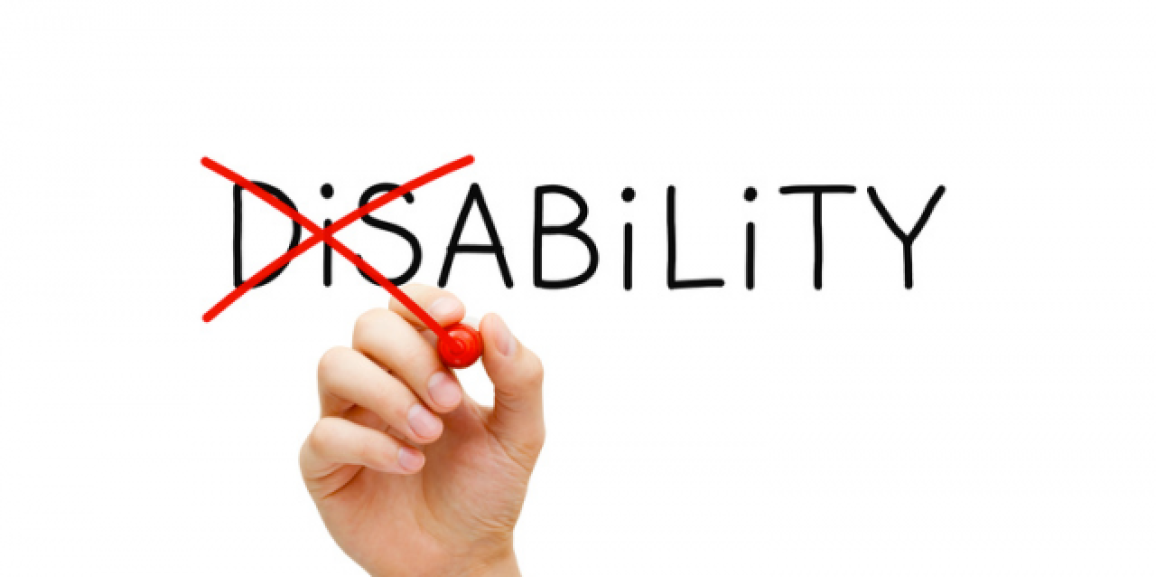Avoiding Indirect Discrimination
Did you know that over 4 million people in Australia have some form of disability, and people with a disability have both lower participation and employment rates than people without a disability. These statistics seem to suggest that discrimination against those with a disability might be happening much more often than we think. So, what is disability discrimination?
Disability discrimination occurs when a person with a disability is treated less favourably than a person without a disability in the same or similar circumstances.
Today’s society is arguably much more aware of discrimination, harassment and exclusion than in generations past, and much better at identifying it, avoiding it and calling it out. We recognise that, for example, a restaurant refusing to serve a customer with a guide dog is blatant discrimination. So, too, is an employer not considering a suitably qualified person with a disability for a job. These examples of disability discrimination are unlawful under the Disability Discrimination Act 2006: but these are only examples of direct discrimination.
Indirect discrimination is also unlawful, though it can be much more difficult to spot in some circumstances. By definition, indirect discrimination occurs when there is an unreasonable rule or policy that is the same for everyone but has an unfair effect on people who share a particular attribute. The most common example of this is if the only way to enter a public building is via a set of stairs, excluding those in wheelchairs from entering. Another example might be inviting a hearing-impaired employee to a meeting where no Auslan interpreter is available, disadvantaging that specific employee. And a final example might be enforcing strict rules regarding meal times, which could put a person with diabetes at risk.
Sometimes, it is reasonable for a business or service to justify the rule, policy or practice that puts people with disabilities at a disadvantage. For example, there could be a health and safety reason for not providing appropriate access. Similarly, it may not be unlawful to refuse to employ a person with a disability if they cannot perform the inherent requirements of the job – however, it is expected that employers must consider how ‘reasonable adjustments’ could be made to help a person with a disability do their job. Note that an adjustment is reasonable if it does not impose ‘unjustifiable hardship’ on the employer.
Reasonable adjustments may be allowing additional short meal breaks for a diabetic employee; hiring interpreters for those who need them to ensure information is properly conveyed; printing health and safety material in different languages spoken at the workplace; or ensuring a health officer is familiar with an employee’s medical condition or disability.
For more information on disability discrimination, visit The Australian Human Rights Commission.







